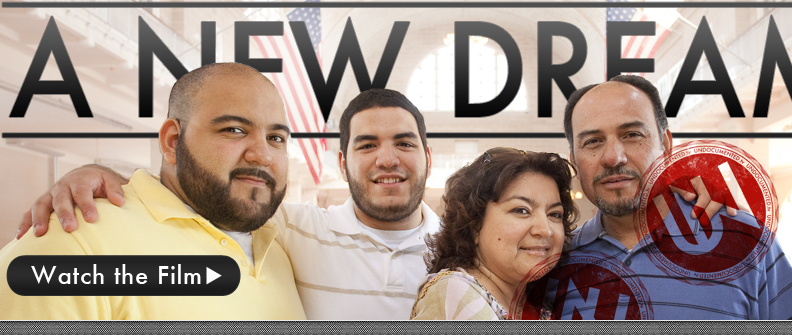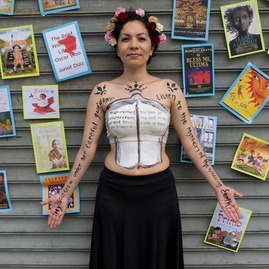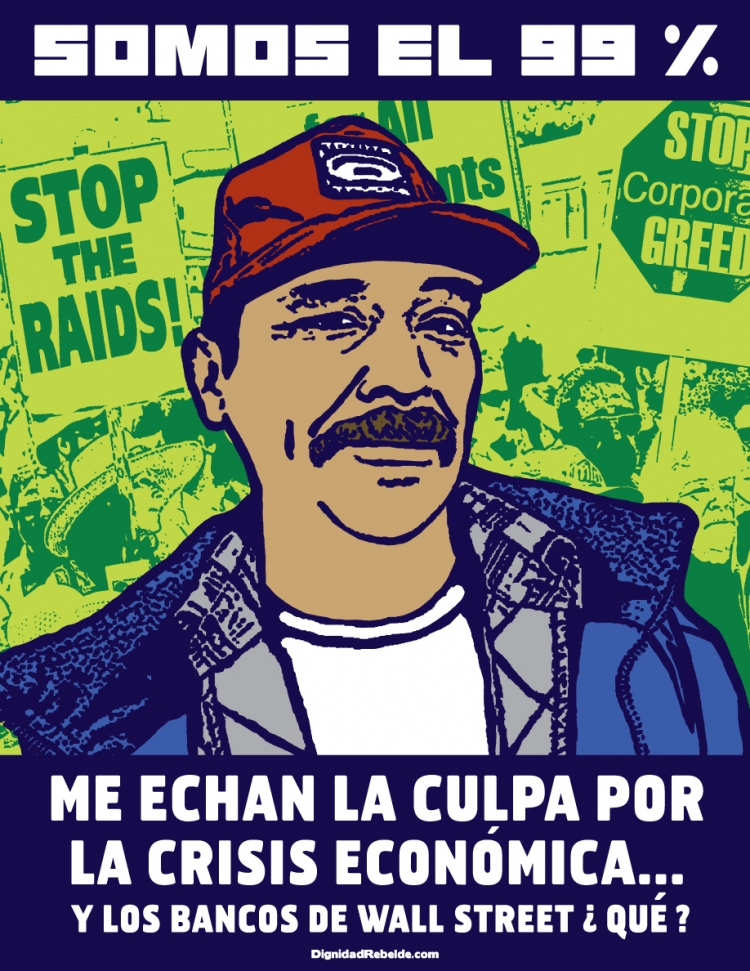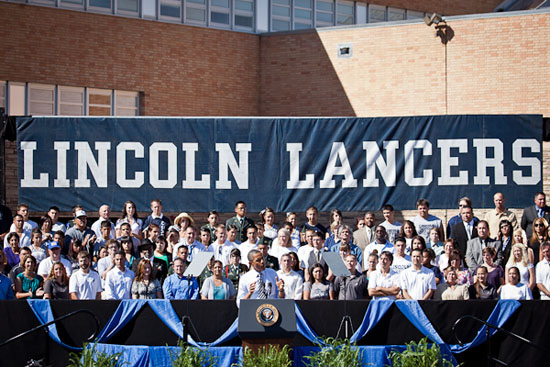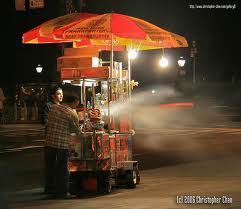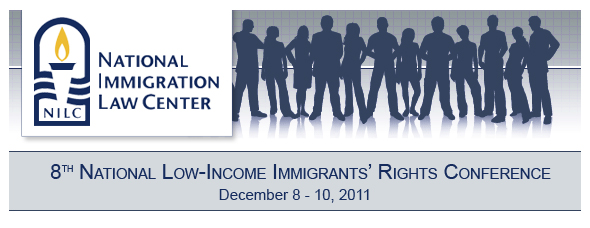Editorial
Addressing the Justice Gap
Published in NY Times: August 23, 2011
Most low-income Americans cannot afford a lawyer to defend their legal interests, no matter how urgent the issue. Unless they are in a criminal case, most have no access to help from government-financed lawyers either.
In civil proceedings like divorces, child support cases, home foreclosures, bankruptcies and landlord-tenant disputes, the number of people representing themselves in court has soared since the economy soured. Experts estimate that four-fifths of low-income people have no access to a lawyer when they need one. Research shows that litigants representing themselves often fare less well than those with lawyers. This “justice gap” falls heavily on the poor, particularly in overburdened state courts.
There is plenty the government, the legal profession and others can do to improve this shameful state of affairs. With the economic downturn, only around two-thirds of law school graduates in 2010 got jobs for which a law degree is required, the lowest rate since 1996. That leaves the other third — close to 15,000 lawyers — who, with financial support from government and the legal profession, could be using their legal expertise to help some of those who need representation.
While the Constitution requires that defendants in criminal cases be provided a lawyer, there is no such guarantee in civil cases. The Legal Services Corporation, created by Congress, gives out federal grants that provide the bulk of support for legal aid to the poor. Over the decades, that budget has shrunk — it was $404 million in 2011, about one-third less than it was 15 years ago, adjusted for inflation. The House Appropriations Committee has proposed reducing that to $300 million for 2012. The cut would be devastating; the budget should, instead, be increased.
Half of the people who seek help from legal aid offices are already turned away. Some offices are so understaffed that they must engage in triage, so that in, say, domestic abuse cases, they will only assist someone seeking a restraining order against a violent partner if that person is in immediate danger of being hurt again.
State bar associations could help address these needs by requiring lawyers to report their pro bono service — such disclosure would likely increase many lawyers’ service to the recommended 3 percent to 5 percent of their paid work. Another step is to allow nonlawyers into the mix. The American Bar Association has insisted that only lawyers can provide legal services, but there are many things nonlawyers should be able to handle, like processing uncontested divorces.
Legal education must also change. The Carnegie foundation recommends that all law students be given experience in public advocacy, of which providing legal services is one kind. At the same time, law schools should expand loan forgiveness programs for legal services lawyers. A few have such programs, but most schools do not — and not enough schools view tuition as a source to help support future legal-services lawyers.
The justice gap is widening. Government, law schools and the profession need to work together to redesign and fortify the grossly deficient legal services system.










